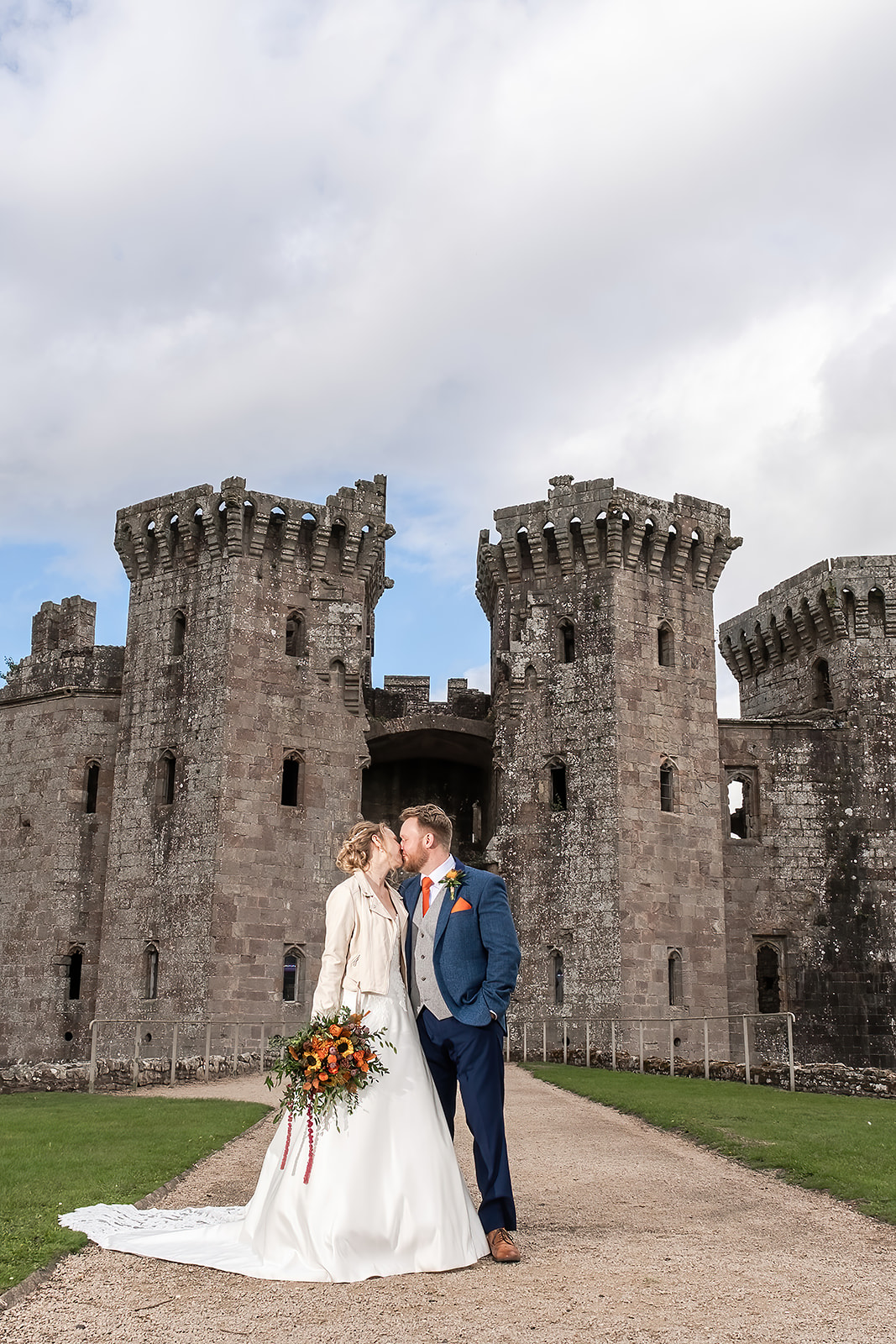About Caer Llan, wedding Venue
Caer Llan Wedding Venue, Monmouthshire

Caer Llan, nestled in the picturesque hills of Monmouthshire, Wales, is a location that beautifully blends historical charm with modern functionality. While its name may evoke ancient origins, its documented history reveals a fascinating evolution from a 19th-century country house to a contemporary events venue. Here’s a deeper dive into the history of this remarkable place:
Origins and Early Development:
- 18th-19th Century Foundations:
- Caer Llan’s roots trace back to the turn of the 18th and 19th centuries, when the initial structure was likely built. This period saw the construction of many country houses in the region.
- Mid-19th Century: The Probert-Morgan and Potter Eras:
- Records indicate that the Probert-Morgan family owned Caer Llan during the mid-19th century.
- Subsequently, Richard Potter, a prominent figure as the chairman of the Great Western Railway Company, briefly owned the estate.
- Dr. William Francis Price’s Influence:
- In 1866, Dr. William Francis Price of Monmouth acquired Caer Llan. He is credited with significantly enhancing the property, notably by extending the house and introducing modern amenities, including domestic drainage and a water tank. He was also a medical pioneer who brought anaesthetics to wales.
Victorian Expansion and Refinement:
- Captain Henry Walters’ Era:
- Captain Henry Walters of the Royal Navy purchased Caer Llan in 1890, ushering in an era of substantial expansion and Victorian ornamentation.
- He oversaw the addition of key architectural features, including:
- A large ground-floor reception room.
- A large bedroom with a balcony (now the Bridal Suite).
- Additional bedrooms.
- Two distinctive castellated towers.
- He also improved the grounds, by adding terraces to the garden, and a heated glasshouse.
- A new driveway and roadside lodge were also constructed.
- The Walters family crest was placed on the front of the house.
- The Walters Family and Transition:
- Following Captain Walters’ death in 1937, the estate passed to his nephew, Robnett Walters.
- Faced with the challenges of maintaining the large property, Robnett and his wife opened a small boys’ boarding school at Caer Llan.
The Carpenter Era: Transformation and Modernization:
- Peter Carpenter’s Acquisition:
- In 1969, Peter Carpenter purchased Caer Llan, marking a pivotal moment in its history.
- Initially, his vision was to transform the property into a field studies center.
- In 1971 the field studies centre opened.
- A Center for Learning:
- For many years, Caer Llan served as a thriving field studies center, hosting educational visits from schools and universities both in the United Kingdom and the United States.
- Diversification and Evolution:
- As the demand for field studies centers shifted, Caer Llan adapted, transitioning into a versatile venue for weddings, family gatherings, parties, and conferences.
- Peter Carpenter also created the Berm house, an award winning eco friendly building.
- The Modern Caer Llan:
- Today, Caer Llan is a well-regarded events venue, particularly popular for weddings.
- The Carpenter family continues to own and manage the property, with Jake Carpenter, Peter’s son, and his wife Vicky, playing a significant role in its ongoing development.
- The property has been extensivly refurbished.
Architectural and Environmental Highlights:
- Architectural Diversity:
- Caer Llan showcases an eclectic mix of architectural styles, reflecting its historical development. From its early 19th-century foundations to its Victorian additions, the building is a testament to changing architectural tastes.
- The Berm House:
- A notable feature is the “Berm House,” an eco-friendly extension designed by Peter Carpenter.
- This innovative structure has garnered recognition for its energy efficiency, receiving the prestigious “Euro-solar prize.”
- Surrounding Landscape:
- Caer Llan is situated in an Area of Outstanding Natural Beauty, offering breathtaking views of the Welsh hills and mountains.
- The surrounding countryside and the nearby Wye Valley contribute to the venue’s idyllic setting.
- Caer Llan Wood:
- The estate also includes Caer Llan Wood, a site of special scientific interest.
Historical Context:
- Monmouthshire’s Rich History:
- Caer Llan’s history is intertwined with the broader history of Monmouthshire, a region with a rich and varied past.
- The area has been influenced by Roman, medieval, and industrial developments.
- Nearby Historical Sites:
- The proximity to historical sites like Caerleon, a significant Roman legionary fortress, adds to the historical significance of the area.
In essence, Caer Llan’s history is a story of transformation and adaptation. From its 19th-century origins as a private residence to its current role as a popular events venue, it has evolved to meet the changing needs of its owners and the community. Its architectural diversity, beautiful surroundings, and commitment to sustainability make it a truly unique and special place.